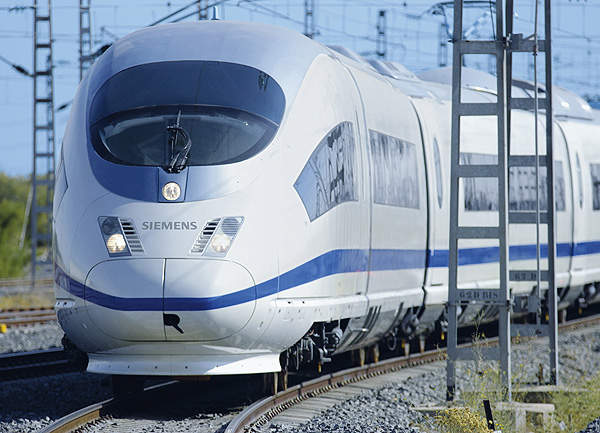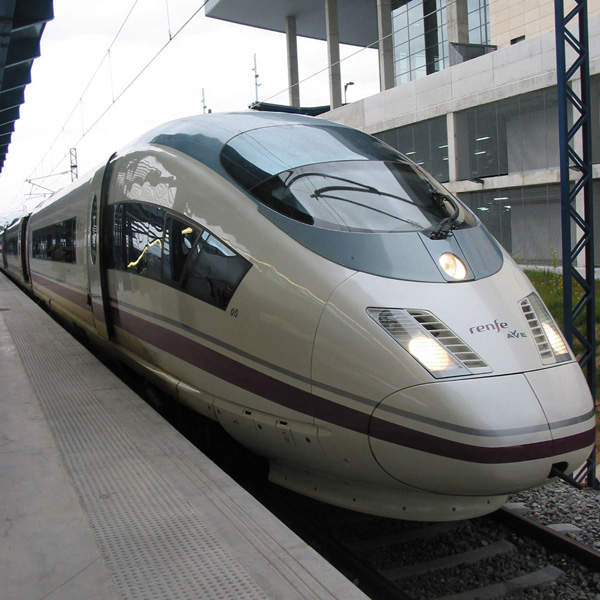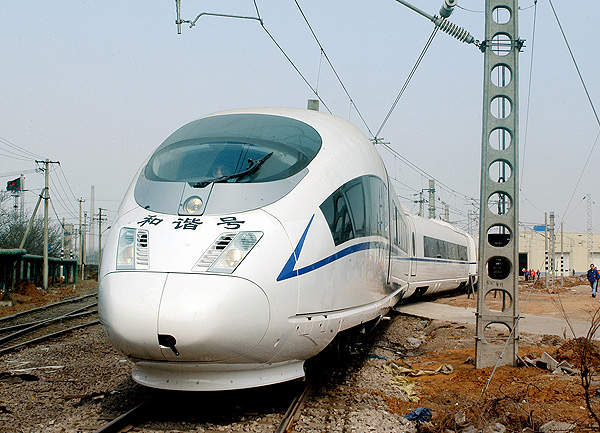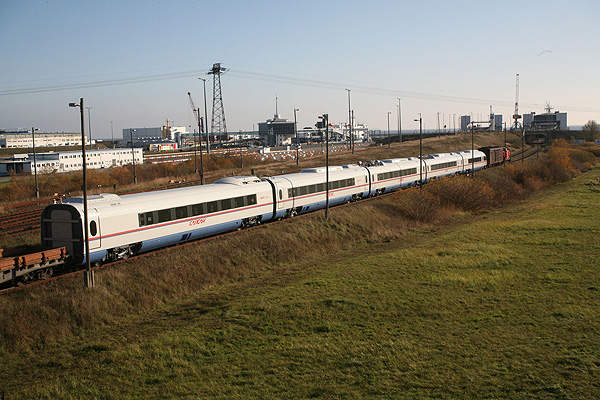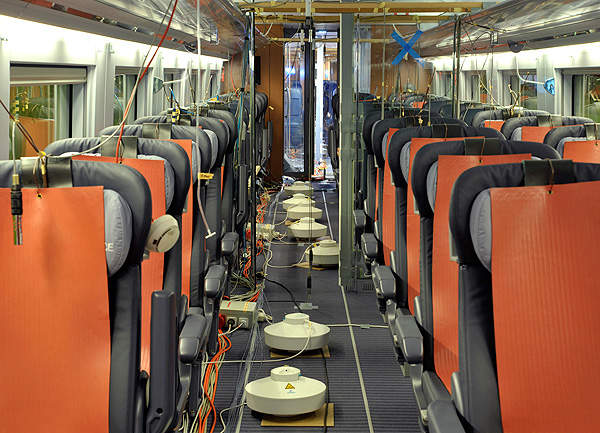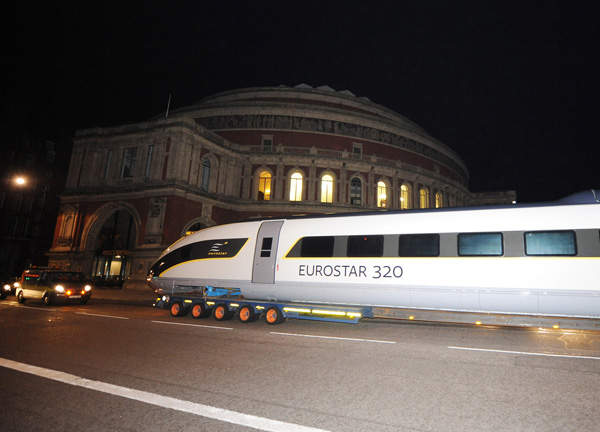Velaro is the world’s fastest high-speed train, developed by Germany-based company Siemens. The trains are manufactured at the Krefeld-Uerdingen factory in Germany. They could be a potential alternative to aircraft and cars in future.
The train is available in five variants, namely Velaro E, Velaro D, Velaro RUS, Velaro e320 and Velaro CRH3. Velaro E and Velaro CRH3 are operational in Spain and China respectively. Velaro RUS, Eurostar and Velaro D will be operational in Russia, the UK and Germany in future.
Velaro is fully operable in snow and ice. It offers clear visibility to the driver in different snow conditions.
Design of the Siemens family of Velaro high speed trains
The design of Velaro includes a flexible platform which was developed based on the ICE high-speed trains platform made by German national railway company Deutsche Bahn. Velaro includes multiple-units with two bogies per car. It features advanced technology in aerodynamic profiling, energy management and noise reduction.
The trains are available in 200m and 400m lengths, and in eight and 16-car carriage models. The weight of the train ranges between 425t and 667t. The speed is between 250km/h and 403km/h. The trains are equipped with 8,000kW to 16,000kW traction power output.
International variation models of the German-built trains
Velaro E’s Spanish version, designated as the AVS103, runs at a speed of 300km/h on the Barcelona-Madrid line. The first unit of the variation was delivered in July 2005 and completed its first test run in 2006. It runs at a maximum speed of 403km/h.
Velaro RUS is a variant built for Russia. It has a 33cm broadened body and runs at an average speed of 250km/h and a top speed of 290km/h. It can carry up to 600 passengers in a ten-car configuration. It underwent certification tests in 2009.
Velaro D, designated as DB Class 407 in Germany, was designed for Deutsche Bahn services. It runs at a top speed of 320km/h. It is equipped with fire proof equipment rooms and doors between cars. It uses 20% less energy compared to ICE versions. It has a total of 460 seats in eight coaches. It entered into service in December 2011.
CRH3C is a variant of Velaro manufactured for China. The variant is being jointly manufactured by Siemens, CNR Tangshan and CNR Changchun. It is designated as CRH380B (eight-car set) or CRH380BL (16-car set) based on the number of cars. It can accommodate up to 600 passengers. The first train was built in April 2008. The train reached a top speed of 457km/h on the Beijing to Tianjin line.
Velaro e320 has been developed for Eurostar service connecting London with Paris and Brussels on a high-speed line. It is a 400m long, 16-car train. It can achieve a top speed of 320km/h. It will have 894 to 950 seats.
Orders and deliveries of the world’s fastest high speed trains
In 2001, Spanish National Railways (RENFE) ordered 16 Velaro E trains. In December 2005, another ten trains were ordered. The total cost of the contract was €600m ($800.22m).
In November 2005, China ordered 60 Velaro CRH3 train sets. In September 2009 an additional 20 trains were ordered by China. In September 2009, China ordered 100, 16-car trains.
In December 2008, Siemens was awarded a €500m ($666.6m) worth order by Deutsche Bahn (DB) for the delivery of 15 Velaro D train sets. Delivery is expected to be completed by 2012. In June 2011, DB ordered an additional Velaro D set to replace the damaged ICE3MF set.
In October 2010, Eurostar awarded a €700m ($933.24m) contract to Siemens to supply ten Velaro e320 trains and refurbish the existing fleet. The trains are expected to enter into service by 2014.
In December 2011, Russian Railways (RZD) ordered eight Velaro RUS trains. Deliveries are expected to be completed by January 2014. The contract is worth €600 million ($798 million) and includes maintenance of the trains for 30 years.
Contractors involved with Siemens’ Velaro family of fast trains
In June 2009, Siemens awarded a contract to ABB to supply traction transformers for its Velaro high-speed EMU trains. GEA Bock Compressors provided the air-conditioning unit for Velaro RUS trains.

